Hurricanes Vs. Nor'easters: A Comparison
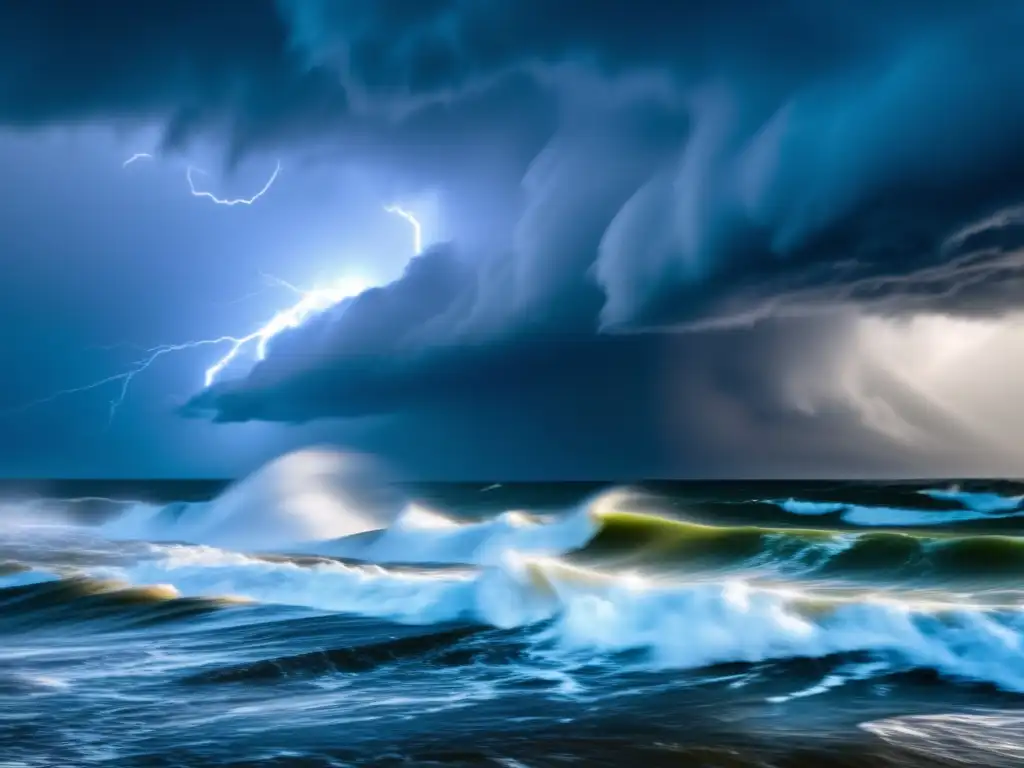
Hurricanes vs. Nor'easters: A Comparison
Introduction
In coastal regions of the United States, people living on or near the coast are often familiar with the term "Nor'easter", especially along the East Coast during the colder months. Nor'easters have many similarities to hurricanes, and they are often compared with each other. However, there are also several crucial differences between the two weather phenomena. In this article, we will explore Hurricanes vs. Nor'easters and delve deeper into these two powerful storms.
How do Hurricanes and Nor'easters Form?

The Formation of Hurricanes
A hurricane is a tropical cyclone that forms over warm ocean waters with a sustained wind speed of 74 mph or more. Warm ocean water, moist air, and converging winds all contribute to the formation of a hurricane. The temperature difference between the ocean water and the atmosphere causes the warm air beneath the storm to rise. As it rises, it cools, and water vapor condenses into clouds and rain, releasing heat that sustains the storm's strength. As the storm intensifies, the winds circling the center of the storm increase until it reaches its peak intensity.
The Formation of Nor'easters
Nor'easters are extratropical cyclones that form in the winter months from November to February. They usually develop off the east coast of the United States, and they derive their name from the strong northeasterly winds that accompany them. The storm forms when cold air from Canada’s Arctic region meets warmer air coming from the Atlantic Ocean. This causes the air to rotate as it rises and falls within the storm system, leading to strong winds and heavy precipitation.
Wind Speeds and Force
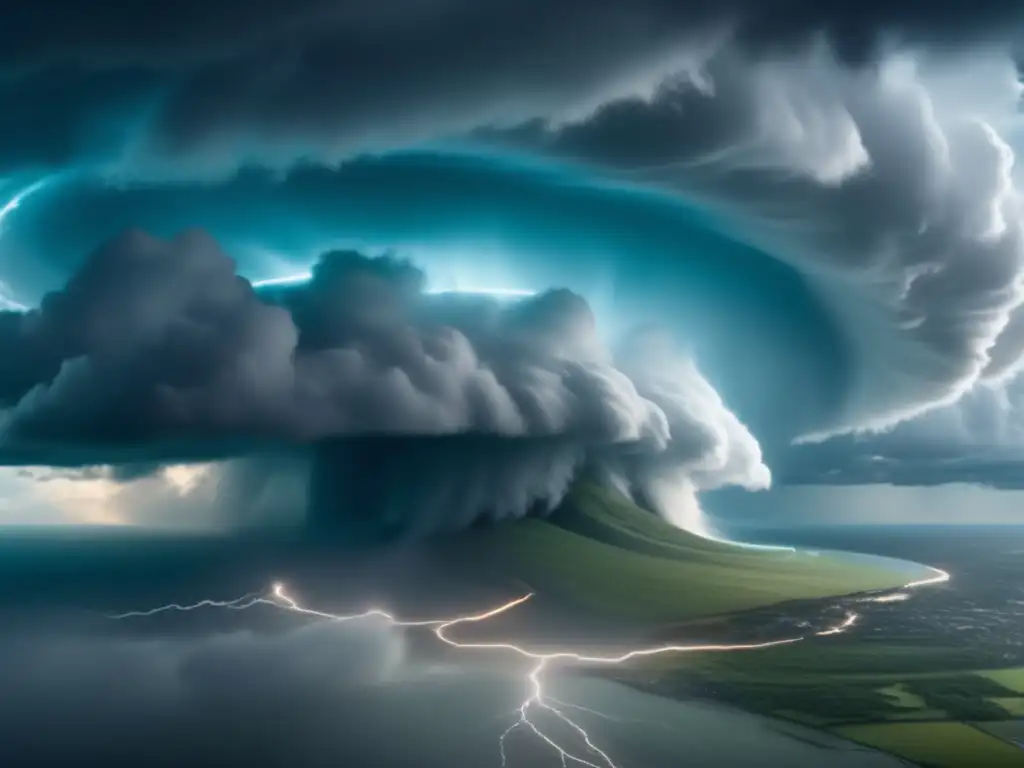
Wind Speeds and Force of Hurricanes
One of the most defining characteristics of a hurricane is its powerful winds. The wind speeds during a hurricane can be more than 150 mph, which is strong enough to cause significant damage. A hurricane's wind force is classified using the Saffir-Simpson Hurricane Wind Scale, which ranges from category 1 to category 5. The scale accounts for both wind speed and storm surge potential, which is the water pushed inland by the storm.
Wind Speeds and Force of Nor'easters
Nor'easters are known for their high winds and heavy precipitation. Unlike hurricanes, Nor'easters do not have a wind scale classification system, but they can have sustained winds of over 60 mph and gusts of up to 100 mph. These winds can cause severe coastal erosion, power outages, and damage to property and infrastructure.
Storm Surge and Flooding

Storm Surge and Flooding during Hurricanes
Another critical difference between hurricanes and Nor'easters is their potential for storm surge and flooding. Storm surge is a rise in sea level caused by low pressure in storms. During hurricanes, storm surge can be catastrophic and cause severe flooding along the coast. The height of storm surge depends on several factors, such as the intensity of the storm, its forward speed, and the shape of the coastline. Flooding from heavy rainfall during hurricanes can also cause significant damage and loss of life.
Storm Surge and Flooding during Nor'easters
Nor'easters can also bring significant storm surges and flooding to coastal regions. However, they are generally not as devastating as hurricanes. During Nor'easters, the storm surge is usually lower than during hurricanes because they are less intense. Heavy rainfall during a Nor'easter can cause flooding in low-lying areas, similar to hurricanes.
Duration of the Storm

Duration of Hurricanes
A hurricane can last for several weeks, with the actual length depending on various factors, such as wind shear, ocean temperature, and the location of the storm. However, they usually peak and weaken within five days. During this time, they can cause significant damage, loss of life, and extensive power outages.
Duration of Nor'easters
Nor'easters typically last for two to three days, but they can occasionally last longer. The length of a Nor'easter depends on the strength of the storm and where it moves. They can cause significant damage during their short life span, but it's generally not as severe as that caused by hurricanes.
Frequently Asked Questions
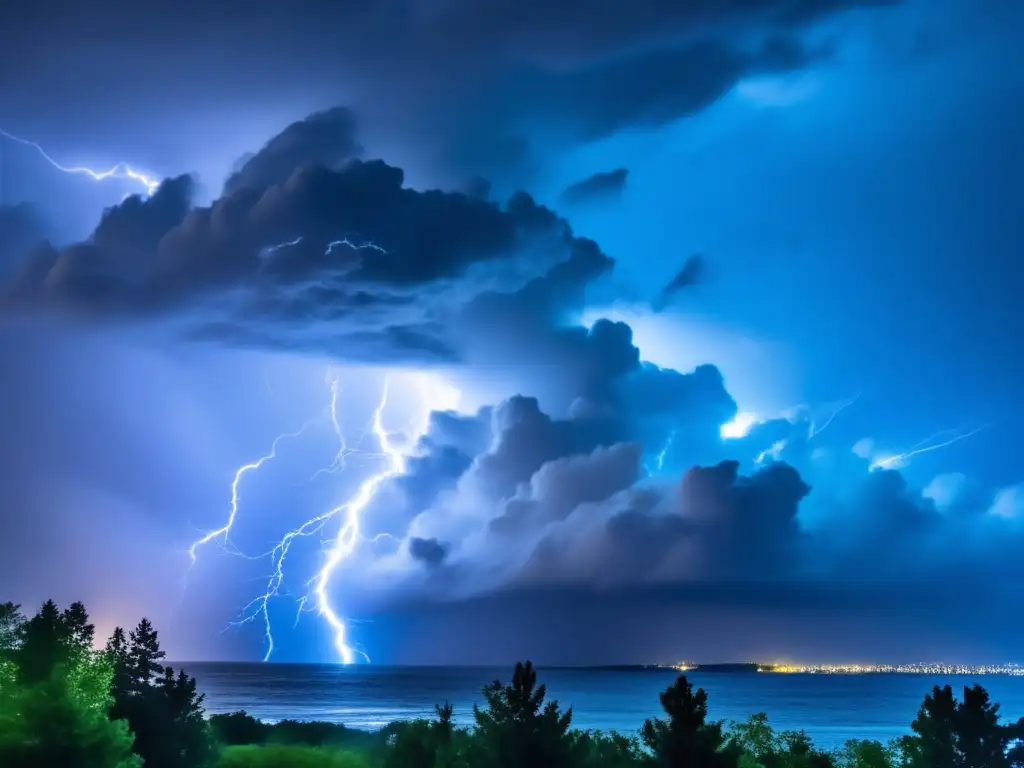
-
How does the wind speed of Nor'easters compare to that of hurricanes?
Nor'easters can have sustained winds of over 60 mph and gusts of up to 100 mph, while hurricanes can have wind speeds of more than 150 mph.
-
Do Nor'easters produce storm surges and flooding like hurricanes?
Yes, Nor'easters can bring significant storm surges and flooding to coastal regions. However, they are generally not as devastating as hurricanes.
-
How long can a hurricane last?
A hurricane can last for several weeks, with the actual length depending on various factors, such as wind shear, ocean temperature, and the location of the storm. However, they usually peak and weaken within five days.
-
Can Nor'easters cause significant damage and loss of life?
Yes, they can cause significant damage during their short lifespan, but it's generally not as severe as that caused by hurricanes.
-
Do Nor'easters have a wind scale classification system like hurricanes?
No, Nor'easters do not have a wind scale classification system.
Conclusion
In conclusion, Nor'easters and hurricanes share many similarities in terms of high winds, heavy precipitation, and potential flooding. However, there are also crucial differences between the two storms. Hurricanes tend to be more significant in size, duration, and destructive power than Nor'easters. When it comes to preparing for these storms, it's essential to follow the guidance from local authorities and emergency management agencies, especially in hurricane-prone areas. By understanding the differences and similarities between the two weather phenomena, we can better prepare and protect ourselves and our communities.
If you have any questions or comments about this article, please share them in the comments section below.
Additional Resources

- National Hurricane Center
- National Weather Service
- Ready.gov - Hurricanes
- National Weather Service - Winter Nor'easters
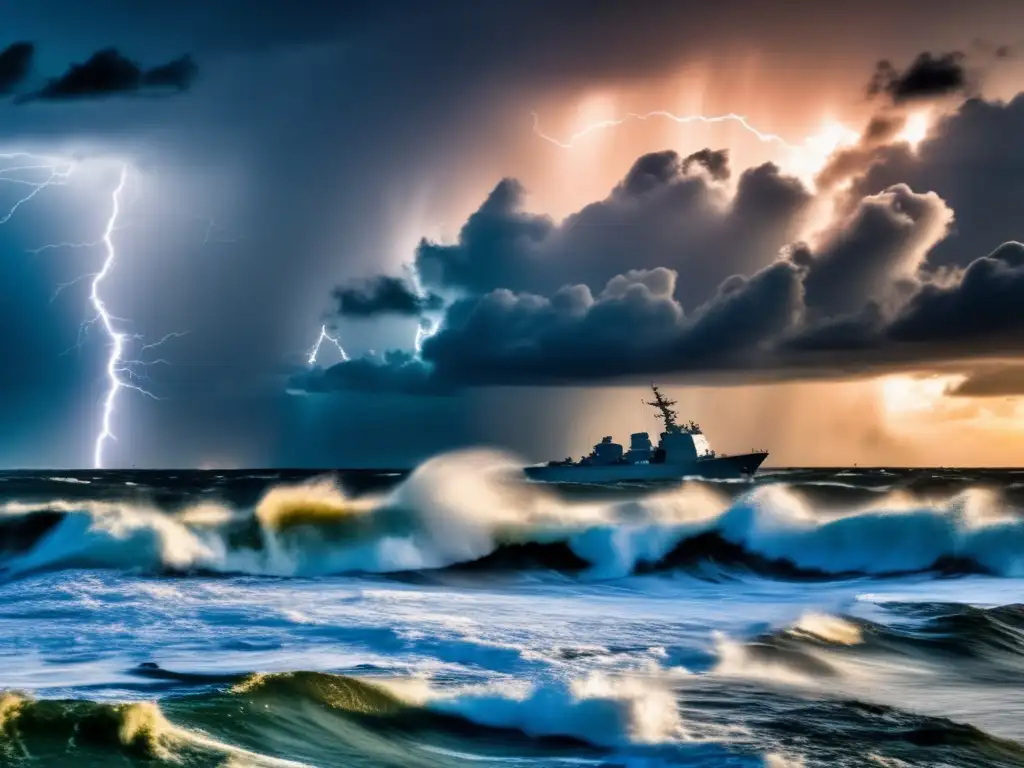 The Implications Of Hurricanes On Military Operations
The Implications Of Hurricanes On Military Operations What Do Hurricane Categories Really Tell Us?
What Do Hurricane Categories Really Tell Us?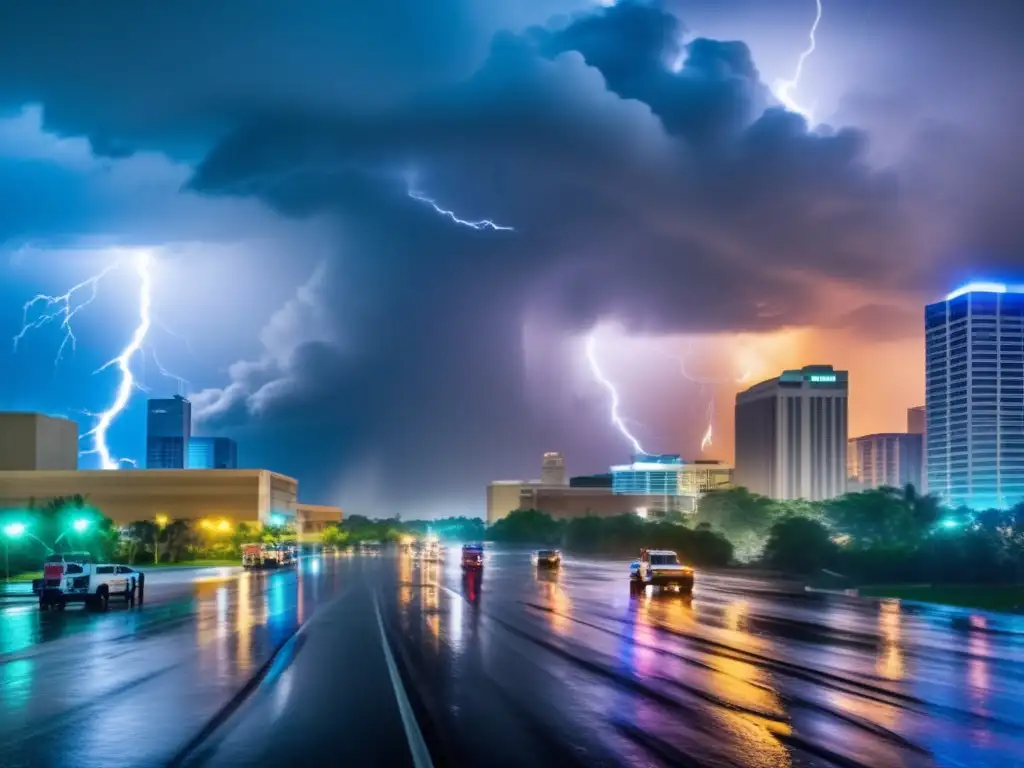 Dealing With Hazardous Materials During And After A Hurricane
Dealing With Hazardous Materials During And After A HurricaneIf you want to discover more articles similar to Hurricanes Vs. Nor'easters: A Comparison, you can visit the Basic knowledge about hurricanes: category.
Leave a Reply

Articulos relacionados: